
Fire Frogs provide real data on real fires in real time.
Wildland Fire Management has some fancy new equipment. They’re a Yukon invention called Fire Frogs, but they don’t ribbit or eat flies.
“Fire Frogs are little devices that actually get dropped from a helicopter onto the frontlines of a fire and they take readings to tell us what’s happening on the ground,” says Wildland Fire Management Communications Officer Julia Duchesne.
The name is an acronym for Forward Rate of Growth Sensors and the readings they take are temperature and barometric pressure. The devices are the result of a collaboration between Yukon Wildland Fire Management and Yukon’s Advanced Sensor Research. They help to better understand how wildfires behave, which keeps communities safe. The little plastic boxes with big orange parachutes get dropped two at a time, one at the front of the fire, where it is too dangerous to send people, and another where the fire is expected to move. Another device communicates with the frogs via radio waves to get real time data.
“We research fires that are set for research purposes,” says Duchesne.
“There’s a bit of a gap between that and our understanding of what actually happens with a free burning wildfire. The frog is really helping us understand that gap by getting real data on real fires in real time.”
The frogs were successfully deployed for the first time on Sunday on the blaze currently burning in Ta’tla Mun, and they’re already teaching fire scientists new things.
“We actually learned something pretty cool. You’d expect that the Fire Frog would read increasing temperatures and that temperatures would go up and up as the fire got closer, but actually, right before the frog burned and stopped submitting readings, the temperature dropped a little bit,” says Duchesne.
“Our hypothesis is that as the fire burns, it pulls in cooler air from in front of it.”
Duchesne says the Yukon is the only place with Fire Frogs but they would like to see the greater fire fighting community put them to use.
The frogs are already a useful tool, but they could become even more handy, Duchesne says they hope to tweak them in the future to read humidity and composition of gases in the air.
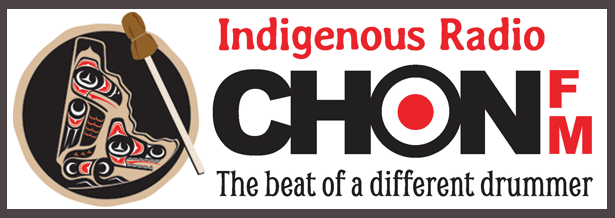
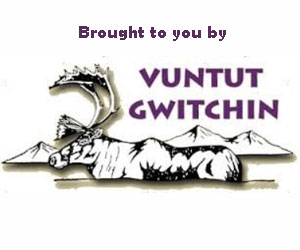
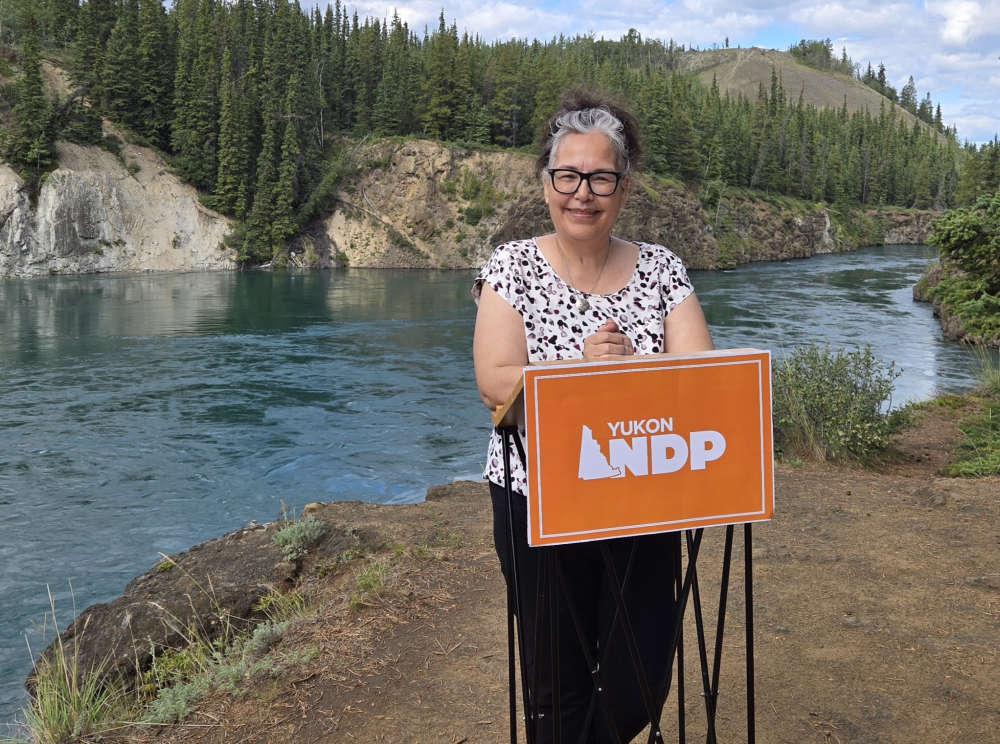 2025 Territorial Election Interview Series: Yukon NDP candidate for Mountainview Linda Moen
2025 Territorial Election Interview Series: Yukon NDP candidate for Mountainview Linda Moen
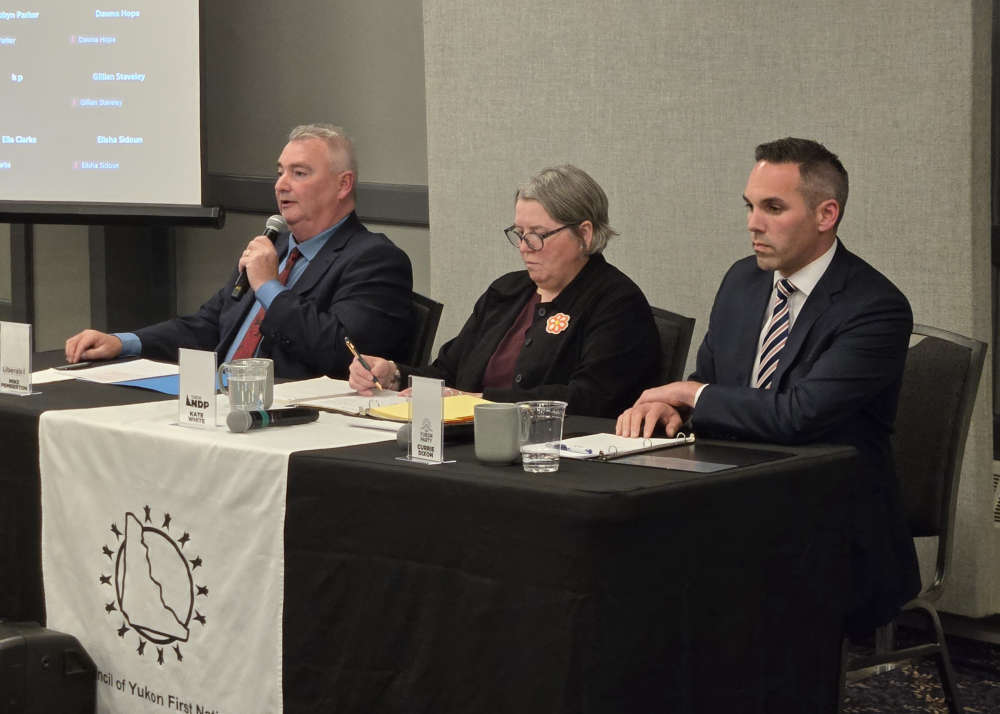 The 2025 Territorial General Election at a glance
The 2025 Territorial General Election at a glance
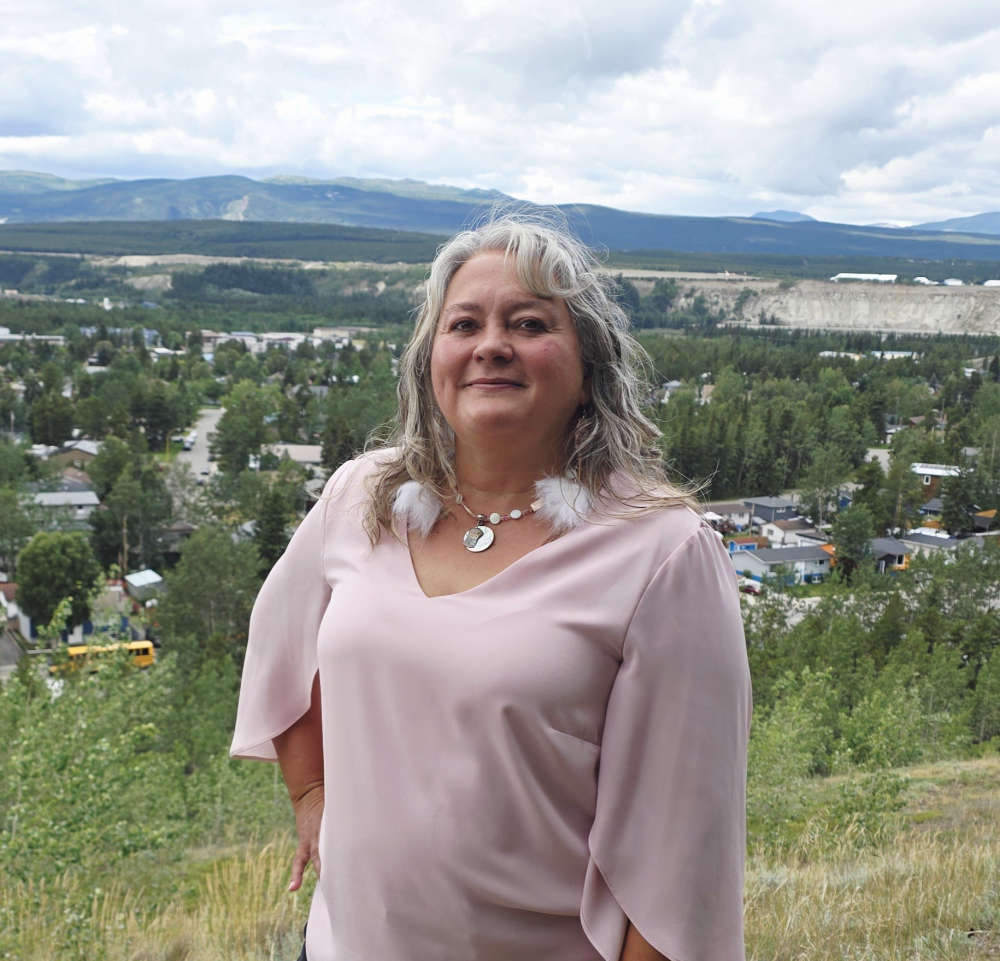 2025 Territorial Election Interview Series: Yukon Party candidate for Riverdale North Rose Sellars and Yukon Party campaign chair Geraldine Van Bibber
2025 Territorial Election Interview Series: Yukon Party candidate for Riverdale North Rose Sellars and Yukon Party campaign chair Geraldine Van Bibber
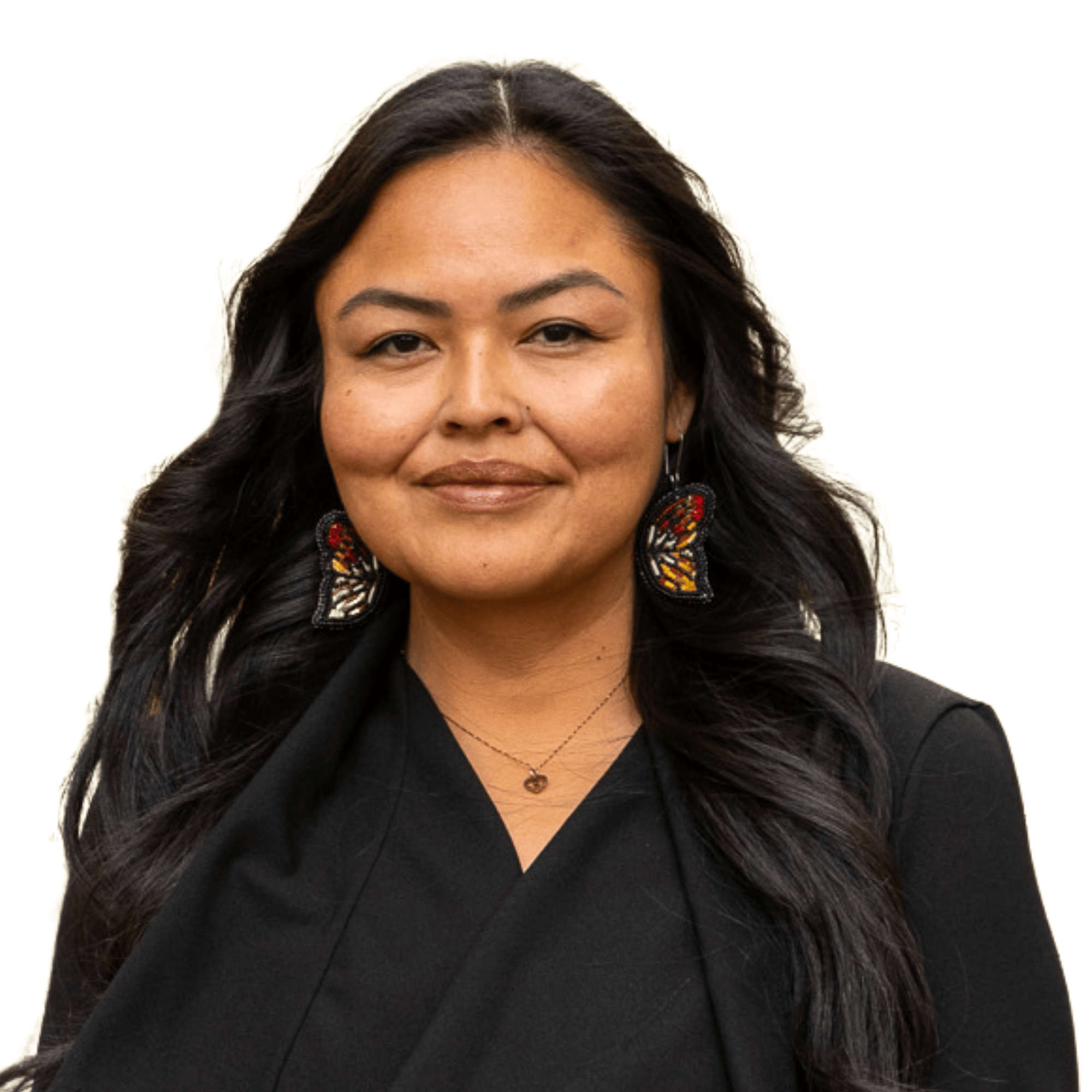 2025 Territorial Election Interview Series: Yukon NDP candidate for Watson Lake-Faro-Ross River Josie O'Brien
2025 Territorial Election Interview Series: Yukon NDP candidate for Watson Lake-Faro-Ross River Josie O'Brien
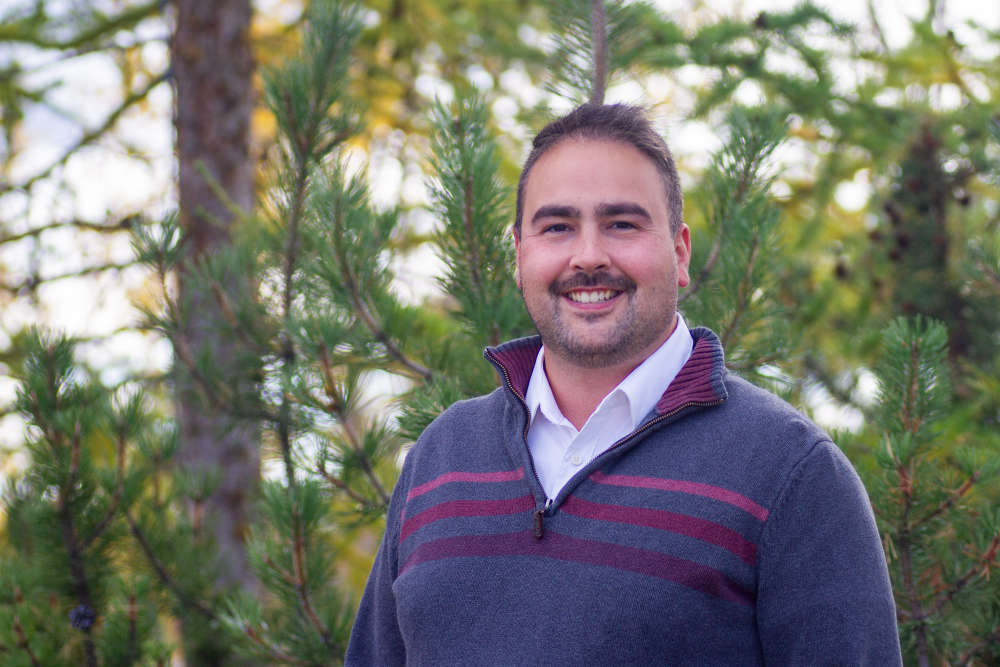 2025 Territorial Election Interview Series: Yukon NDP candidate for Whistle Bend South Dustin McKenzie-Hubbard
2025 Territorial Election Interview Series: Yukon NDP candidate for Whistle Bend South Dustin McKenzie-Hubbard
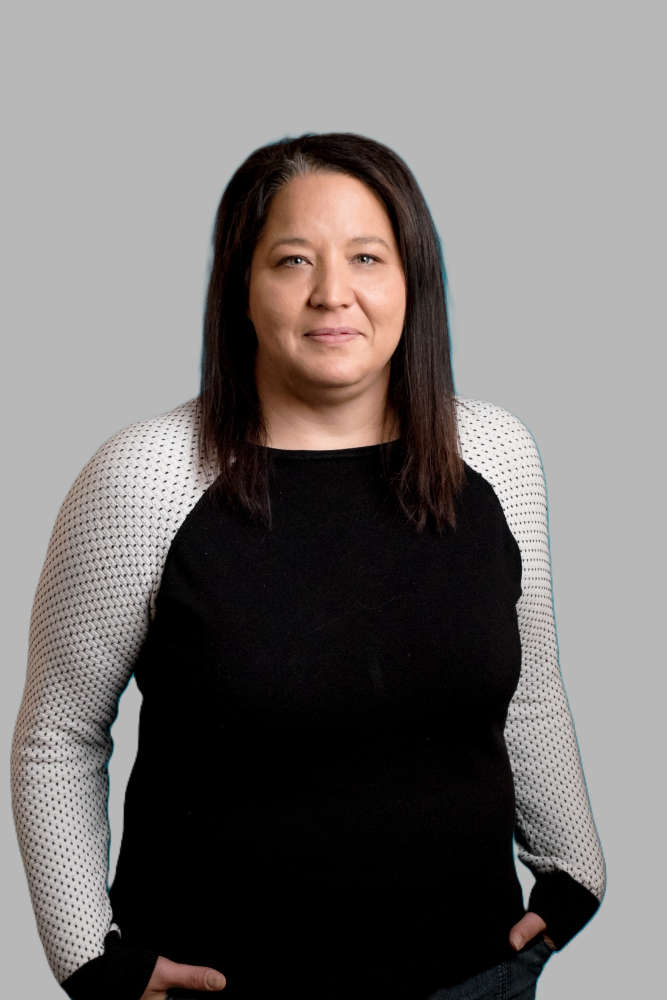 2025 Territorial Election Interview Series: Yukon Party candidate for Mayo-Tatchun Cory Bellmore
2025 Territorial Election Interview Series: Yukon Party candidate for Mayo-Tatchun Cory Bellmore
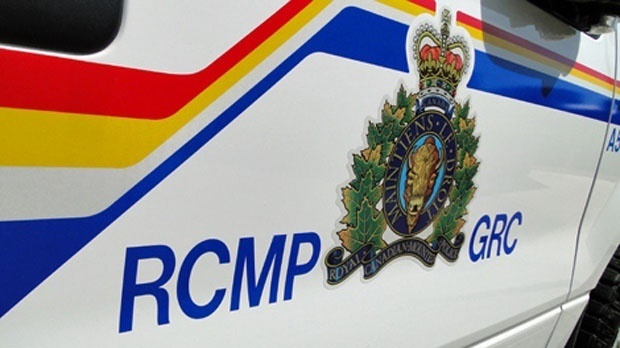 Three arrested in connection with Watson Lake firearm incident
Three arrested in connection with Watson Lake firearm incident
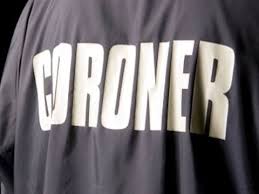 Fatal fire at remote Yukon mine camp claims two lives
Fatal fire at remote Yukon mine camp claims two lives
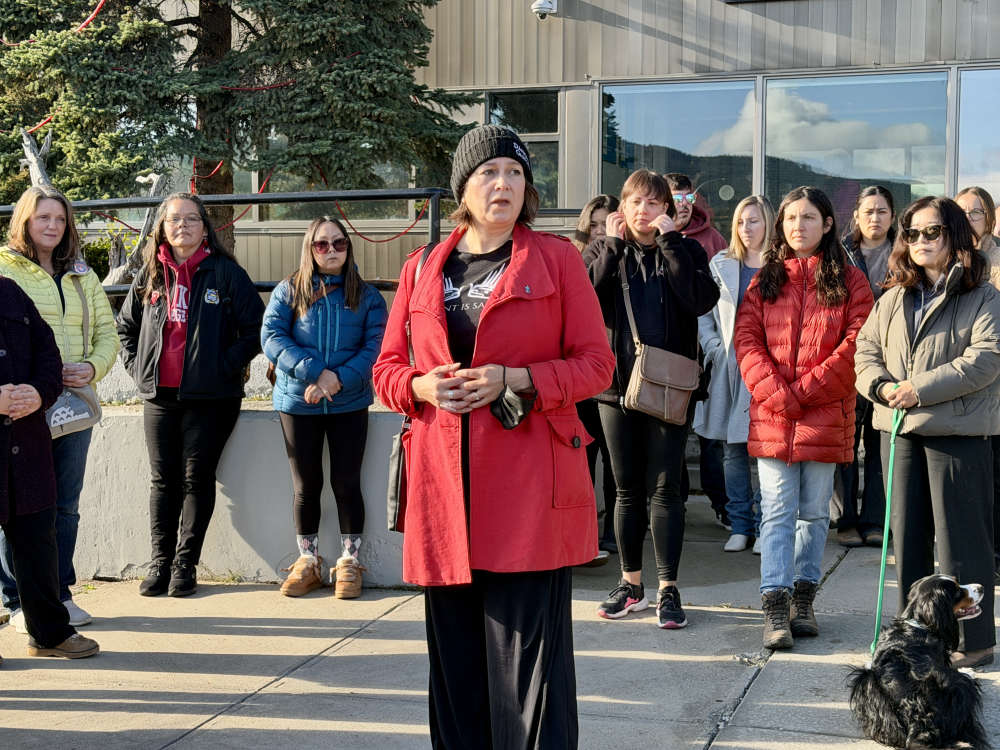 Yukoners unite to honour Missing and Murdered Indigenous Women and Girls
Yukoners unite to honour Missing and Murdered Indigenous Women and Girls
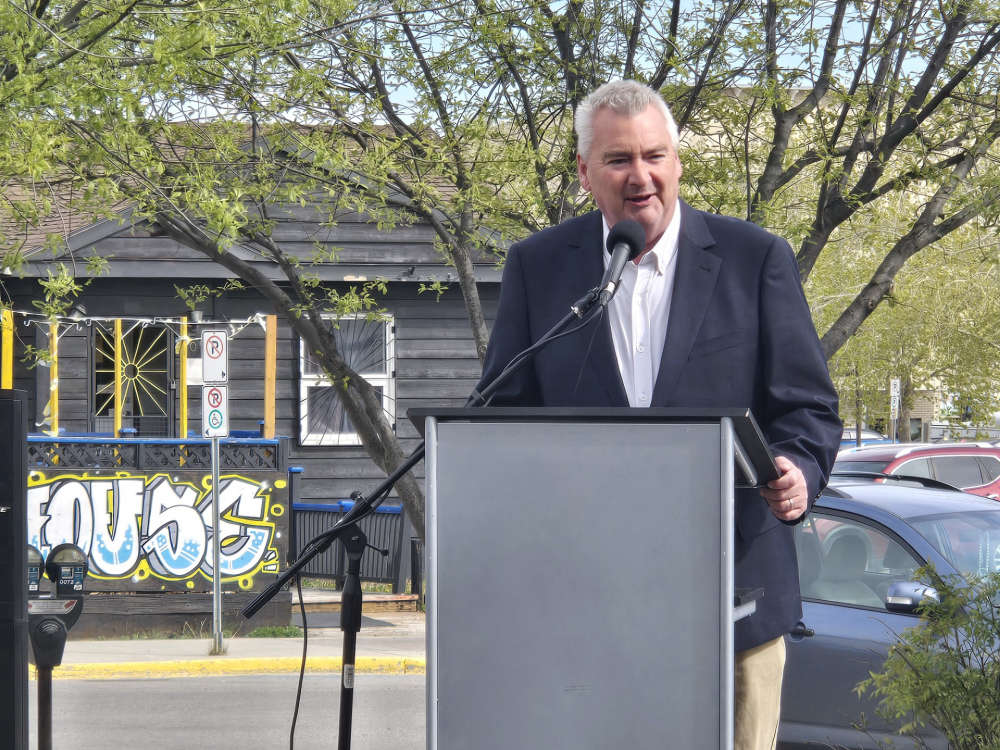 2025 Territorial Election Interview Series: Yukon Premier and Yukon Liberal Party Leader Mike Pemberton
2025 Territorial Election Interview Series: Yukon Premier and Yukon Liberal Party Leader Mike Pemberton
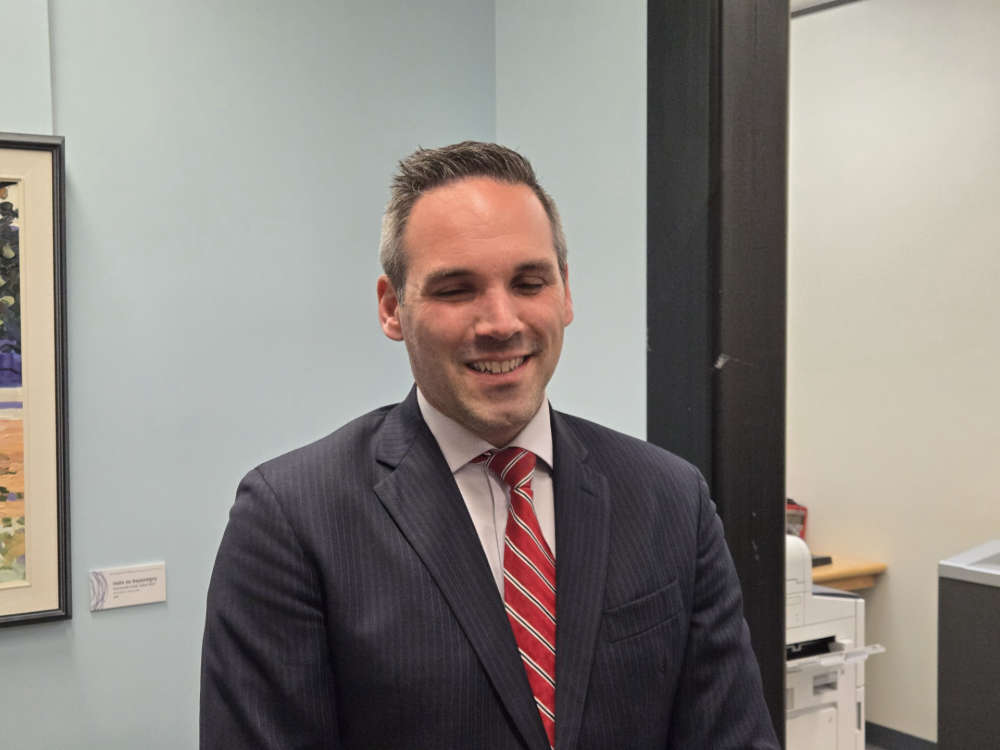 2025 Territorial Election Interview Series: Yukon Party Leader Currie Dixon
2025 Territorial Election Interview Series: Yukon Party Leader Currie Dixon
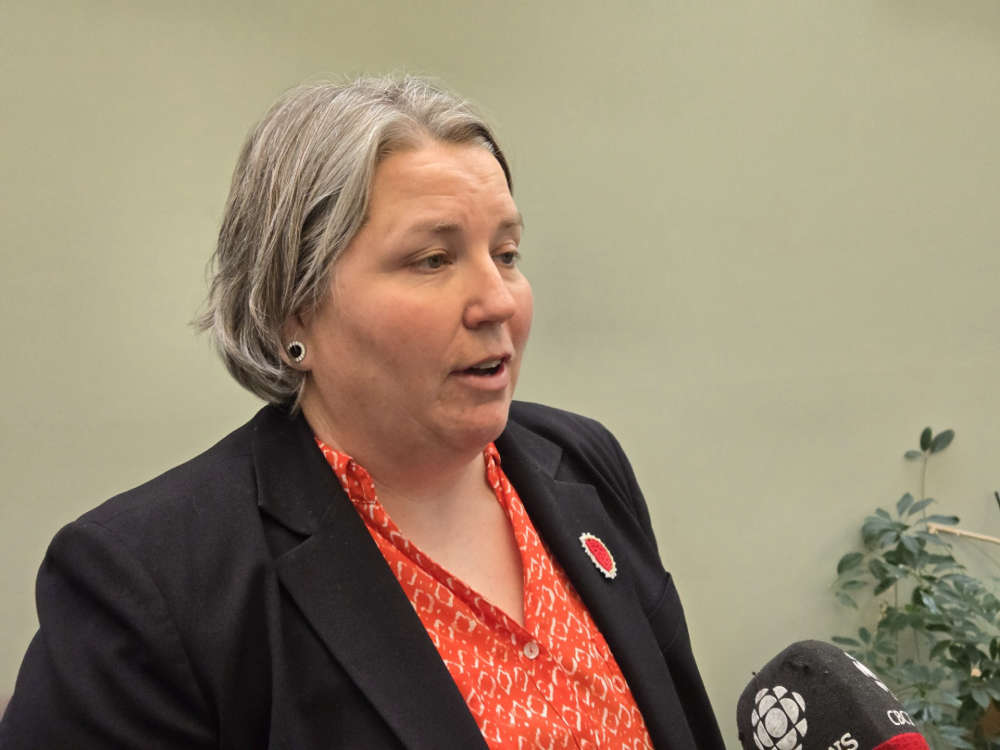 2025 Territorial Election Interview Series: Yukon NDP Leader Kate White
2025 Territorial Election Interview Series: Yukon NDP Leader Kate White
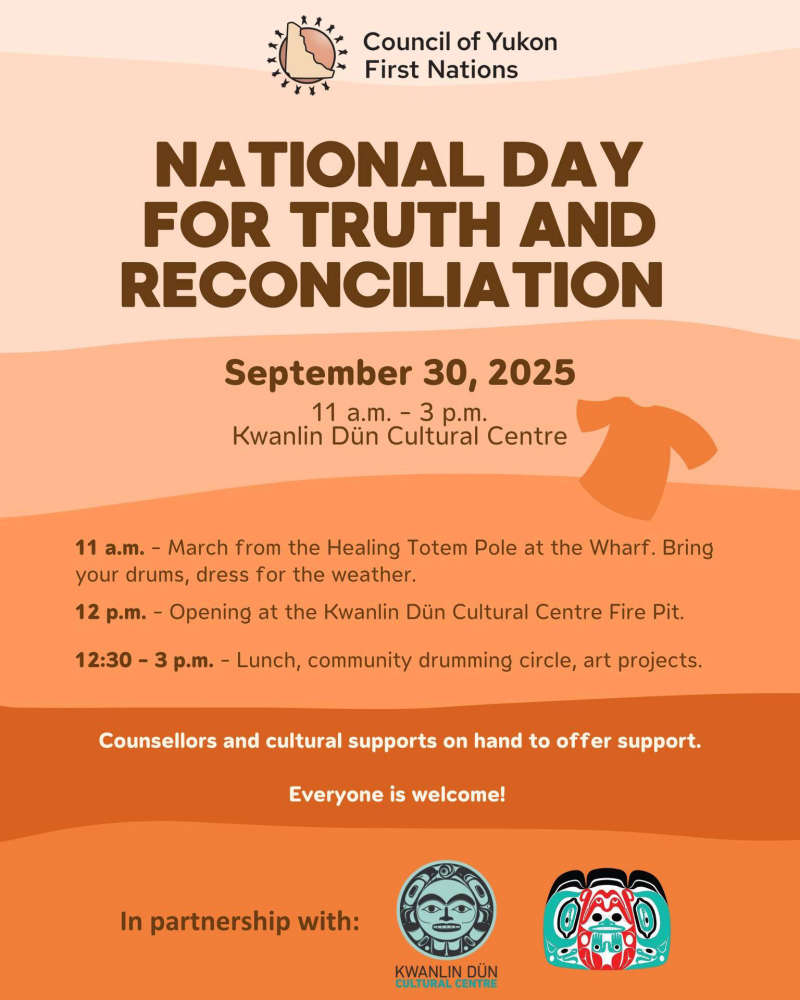 CYFN commemorates National Day for Truth and Reconciliation
CYFN commemorates National Day for Truth and Reconciliation
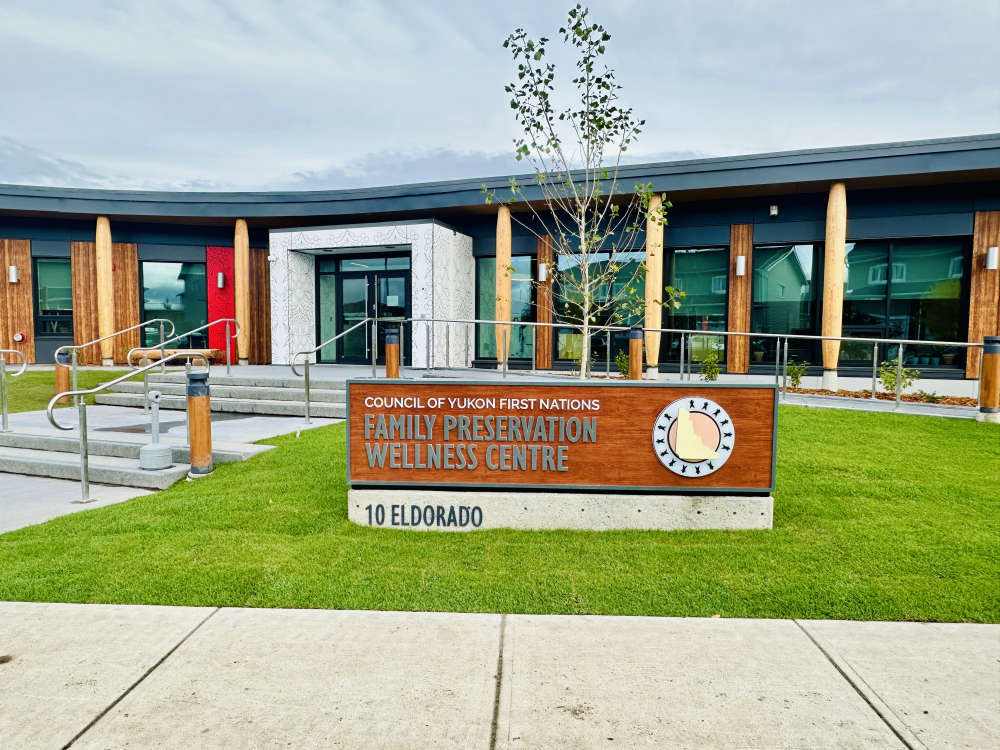 Council of Yukon First Nations dedicates family preservation wellness centre
Council of Yukon First Nations dedicates family preservation wellness centre
 Whitehorse man sentenced to 2 months of house arrest for house explosion
Whitehorse man sentenced to 2 months of house arrest for house explosion
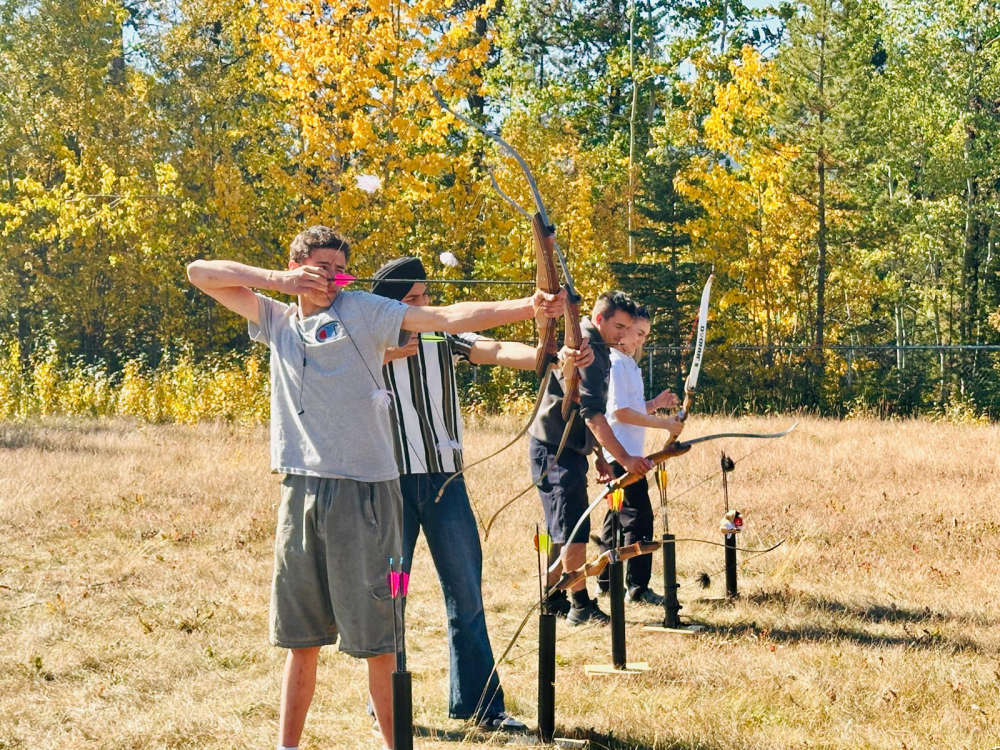 Whitehorse students participate in fall cultural harvest celebration
Whitehorse students participate in fall cultural harvest celebration
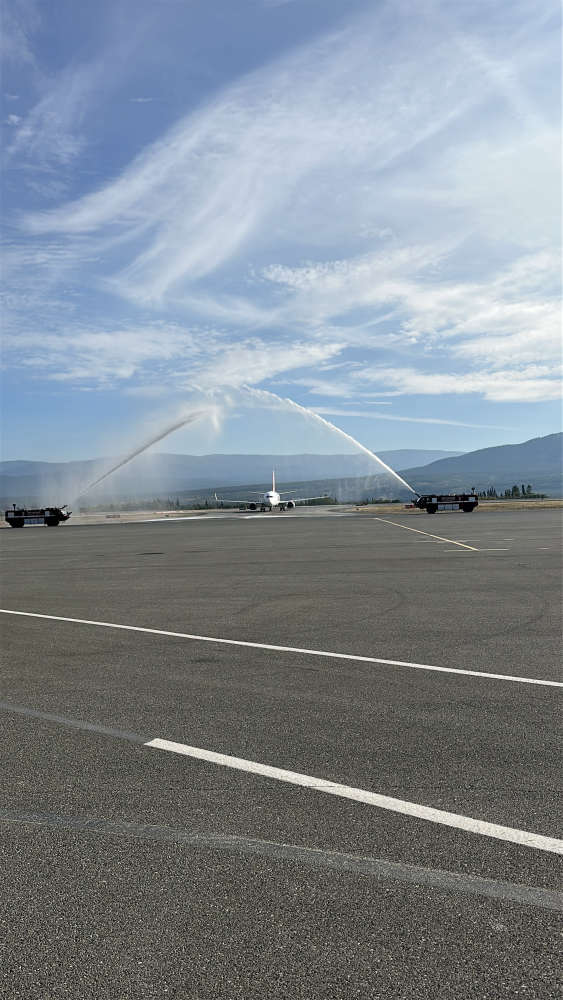 Erik Nielsen Whitehorse International Airport celebrates completion of the main runway
Erik Nielsen Whitehorse International Airport celebrates completion of the main runway
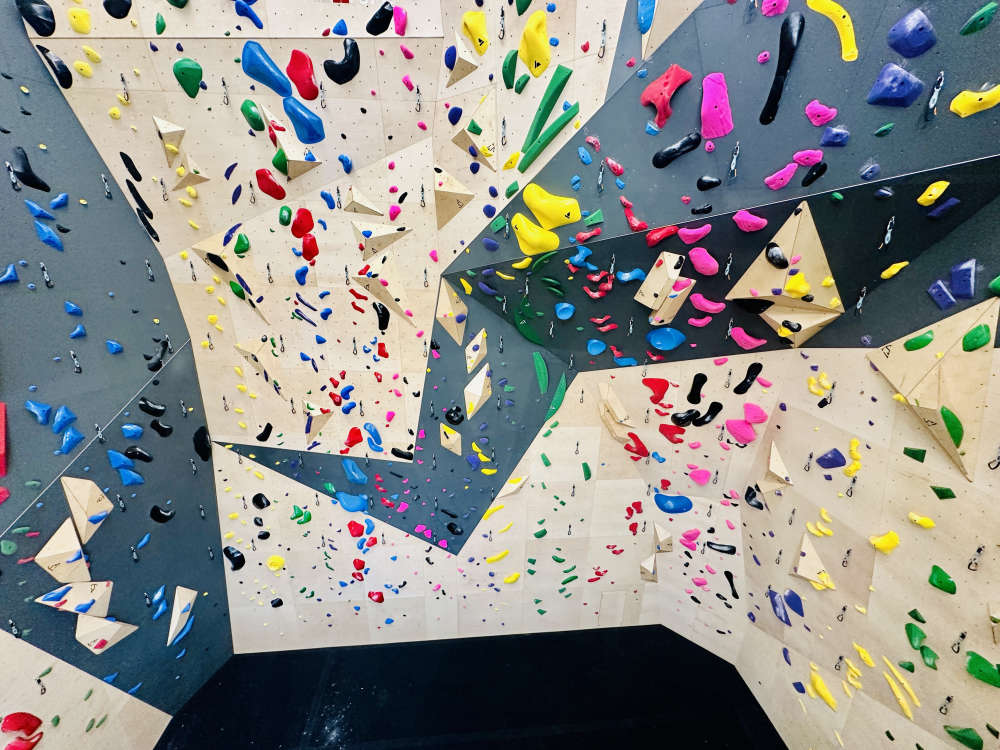 Yukon gymnastics centre officially handed over to Climb Yukon and Polarettes gymnastics club
Yukon gymnastics centre officially handed over to Climb Yukon and Polarettes gymnastics club
 First Nations candidates seek nomination for territorial election
First Nations candidates seek nomination for territorial election